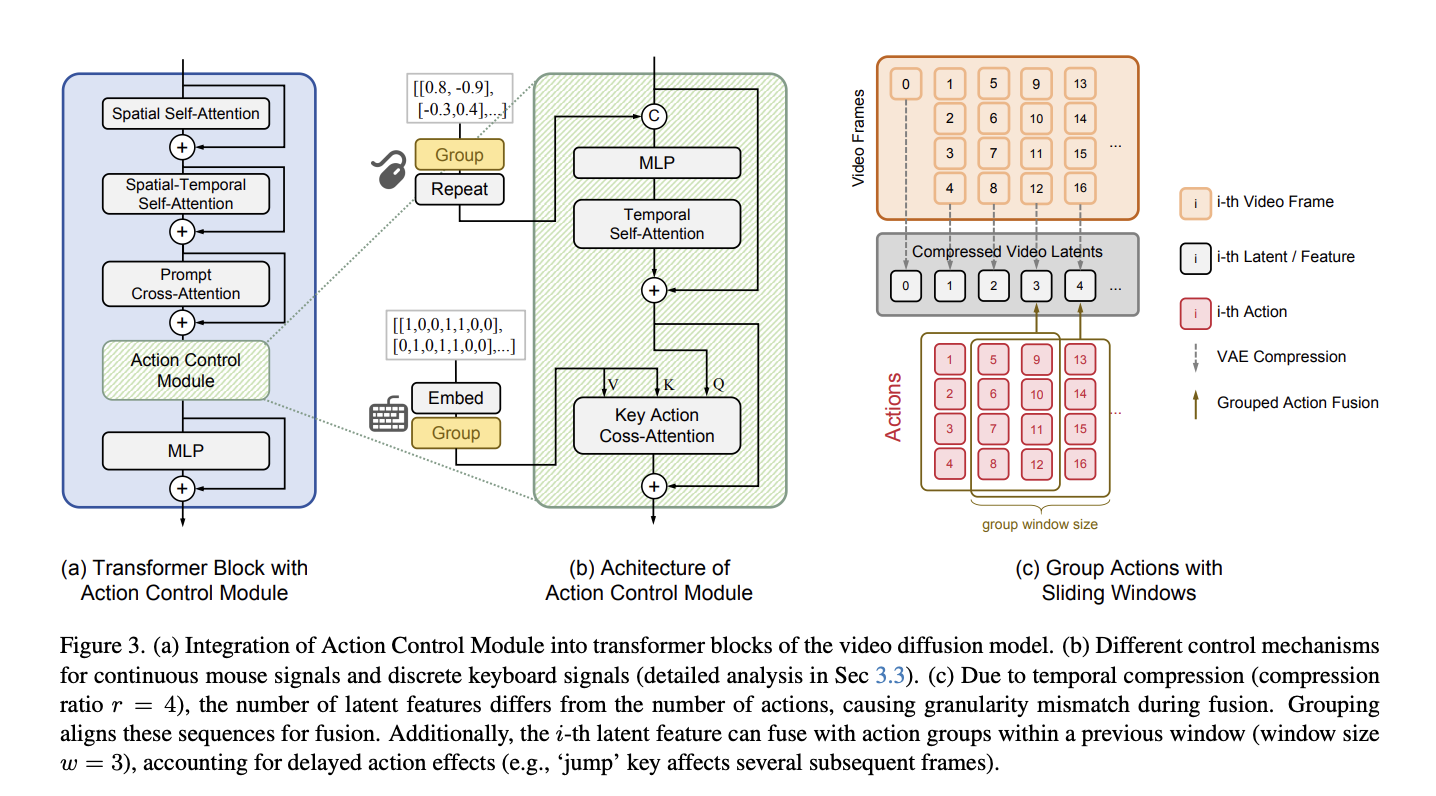
GameFactory: Transforming Video Generation for Gaming
Introduction to Video Diffusion Models
Video diffusion models are powerful tools for creating videos and simulating physics in games. They can respond to user actions like keyboard and mouse inputs, making them ideal for game development. However, a major challenge is scene generalization, which means creating new game environments that don’t just replicate existing ones.
The Challenge of Data Collection
Collecting large datasets of action-annotated videos is essential but expensive and impractical for general use. This limits the ability to build flexible game engines that can generate a variety of innovative settings.
Advancements in Video Generation
Recent innovations in video generation, particularly with video diffusion models, have improved how realistic and lengthy videos can be produced. Techniques like Direct-a-Video offer basic camera control, while others provide advanced manipulation options. Various projects like DIAMOND, GameNGen, and PlayGen have made strides but often struggle with generalization across different games.
Introducing GameFactory
Researchers from The University of Hong Kong and Kuaishou Technology have unveiled GameFactory, a new framework aimed at overcoming scene generalization in game video creation. This framework uses video diffusion models trained on diverse video data, allowing for the generation of unique games.
Multi-Phase Training Strategy
GameFactory uses a detailed multi-phase training strategy to enhance scene generalization and action control:
- Phase 1: Adapts the model to the target game while keeping original settings intact.
- Phase 2: Focuses solely on training how to control actions, preventing interference with style learning.
- Phase 3: Removes the adaptation weights to allow for video generation across various game styles.
Performance Evaluation Insights
Evaluation of GameFactory has revealed valuable insights regarding control mechanisms. Cross-attention works better than concatenation for discrete controls like keyboard inputs. Conversely, concatenation performs well for continuous signals such as mouse movements. Overall, the system is effective in managing both simple and complex actions across different gaming scenarios.
Future Directions and Challenges
While GameFactory represents a significant leap in generative game design, challenges still exist. These include creating diverse levels, implementing engaging gameplay mechanics, developing feedback systems, and enabling real-time game generation. GameFactory provides a solid foundation for future advancements in this field.
Get Involved
Explore the Paper and GitHub Page. Acknowledge the researchers behind this project and follow us on Twitter, join our Telegram Channel, and participate in our LinkedIn Group. Also, consider joining our 65k+ member ML SubReddit.
Enhance Your Business with AI
If you want to elevate your company using AI, leverage GameFactory to maintain a competitive edge. Here’s how:
- Identify Automation Opportunities: Find customer interaction points ideal for AI solutions.
- Define KPIs: Ensure AI projects yield measurable business results.
- Select an AI Solution: Choose tools that fit your needs and allow for customization.
- Implement Gradually: Start small, collect data, and scale your AI initiatives wisely.
For advice on AI KPI management, connect with us at hello@itinai.com. Stay updated on AI solutions via our Telegram channel t.me/itinainews or on Twitter @itinaicom.
Revolutionize Sales and Engagement with AI
Discover how AI can transform your sales processes and enhance customer interactions at itinai.com.


























